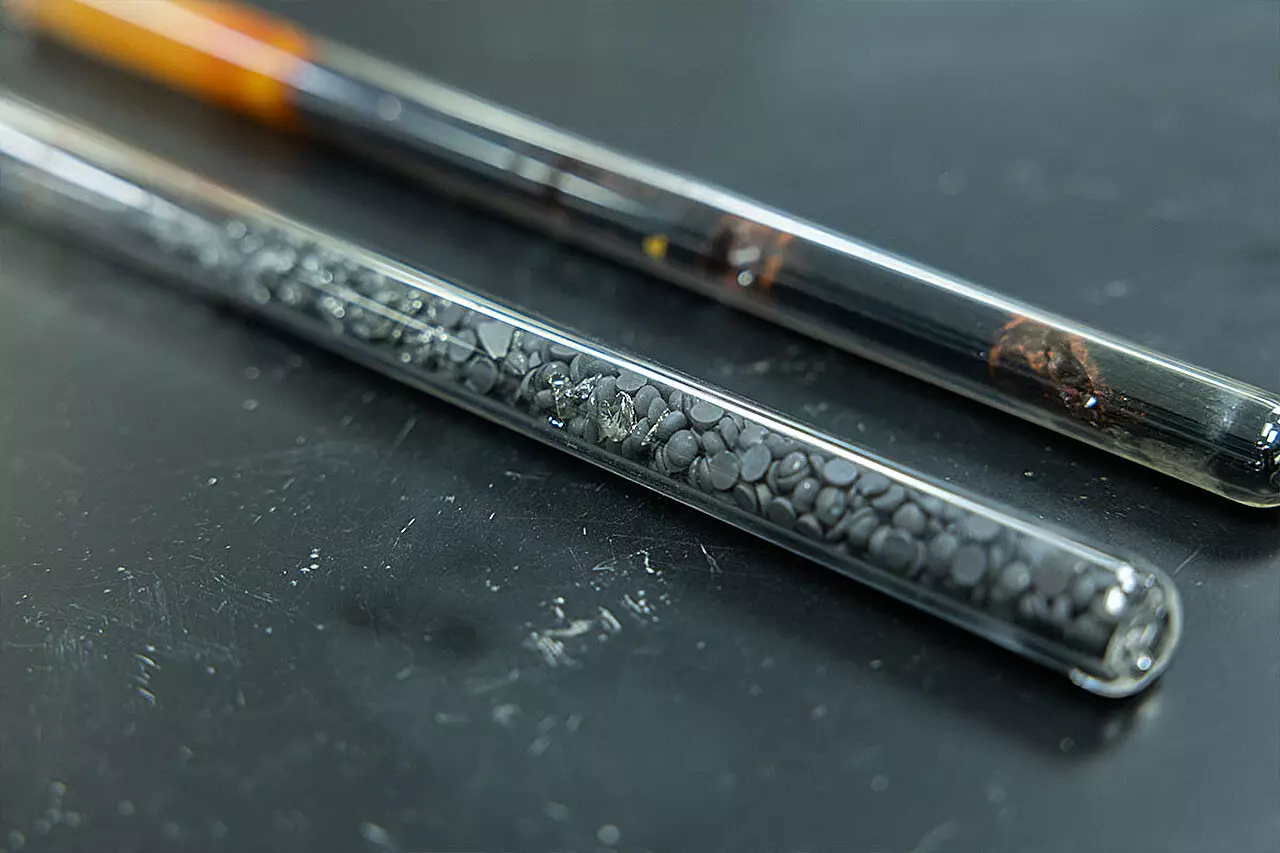The concept of self-healing materials is often relegated to the pages of science fiction novels, but recent research is bridging the gap between imagination and reality. Researchers from the University of Central Florida (UCF), alongside colleagues from Clemson University and the Massachusetts Institute of Technology (MIT), are poised at the forefront of innovation with their exploration of chalcogenide glass boasting astonishing self-repair capabilities. This emerging material has the potential to redefine the durability and functionality of optical devices, particularly in extreme environments where traditional materials fall short.
Understanding Chalcogenide Glass
Chalcogenide glasses, formed from elements such as sulfur, selenium, and tellurium, mixed with germanium or arsenic, are a revelation within the realm of optical materials. Unlike conventional glass—typically silicon-based—chalcogenide glass possesses unique thermal and optical properties that enable it to function efficiently in infrared applications. This is especially pertinent as technology advances demand materials that are not only efficient but also resilient. The study led by UCF’s Pegasus Professor Kathleen Richardson underscores the importance of these specialized glasses, particularly for applications involving infrared sensors and lenses.
The Self-Healing Mechanism
Remarkably, the self-healing properties of this chalcogenide glass arise from its atomic structure. Upon exposure to gamma radiation—a common challenge in both space and nuclear environments—microscopic defects emerge within the material. Unlike common materials that retain permanent damage under such conditions, the unique structure of chalcogenide glass allows these micro-level disruptions to heal over time without the need for external intervention. The atomic bonds, characterized by large atoms and comparatively weak connections, can reorganize and restore themselves when subjected to ambient conditions. This reformation process underscores not only the ingenuity of the material but also hints at significant practical applications that could focus on longevity and usability in demanding situations.
The Collaboration Framework: A Model for Future Research
The research represents more than just a scientific advancement; it serves as a blueprint for collaborative efforts across institutions. The intricate coordination—where samples traversed between multiple universities—was pivotal. As former UCF research scientist Myungkoo Kang noted in his reflections, the collaborative spirit enriched the research, enabling both academic growth and innovative findings. The synergistic blend of expertise from multiple institutions demonstrates that the greatest strides in science often emerge from such partnerships, promoting an interdisciplinary approach that can address complex challenges effectively.
Potential Applications in Extreme Conditions
The implications of self-healing chalcogenide glass stretch far beyond the laboratory. Its ability to withstand radiation damage could revolutionize equipment used in space exploration and nuclear industries, where materials are routinely exposed to intense environments. Traditional materials can fail, resulting in costly upgrades or repairs that hinder operations. The advent of a self-healing glass means that devices such as satellites or radioactive sensors could maintain functionality over extended periods without the same risk of degradation. This not only presents cost savings but also enhances the reliability of systems in use.
Environmental Significance and Future Prospects
Richardson’s research paints an optimistic picture for the future of not only chalcogenide glasses but also for material science as a whole. As the quest for sustainable and efficient materials intensifies, understanding the atomic behavior and restoration processes of self-healing materials could lead to the synthesis of even more advanced options. Moreover, researchers are keen to explore other types of self-healing chalcogenide glasses, expanding the frontier of research and application. The intersection of material innovation and environmental consciousness could lead to new methodologies in how we construct and maintain technological systems today and far into the future.
An Unexplored Terrain
This pioneering research into self-healing glass is a vivid testament to the potential of interdisciplinary efforts to spawn groundbreaking discoveries. The knowledge gained serves as a foundation for future inquiries into materials that can adapt and respond to their environments. As researchers continue to innovate, one can’t help but wonder how self-healing materials could transform other sectors, from biomedical applications to everyday consumer electronics. The implications are vast, suggesting that we are only scratching the surface of what self-healing materials can achieve. In a world that increasingly demands resilience in our technologies, the ascendance of self-healing glass may just be the beginning of a material renaissance.

